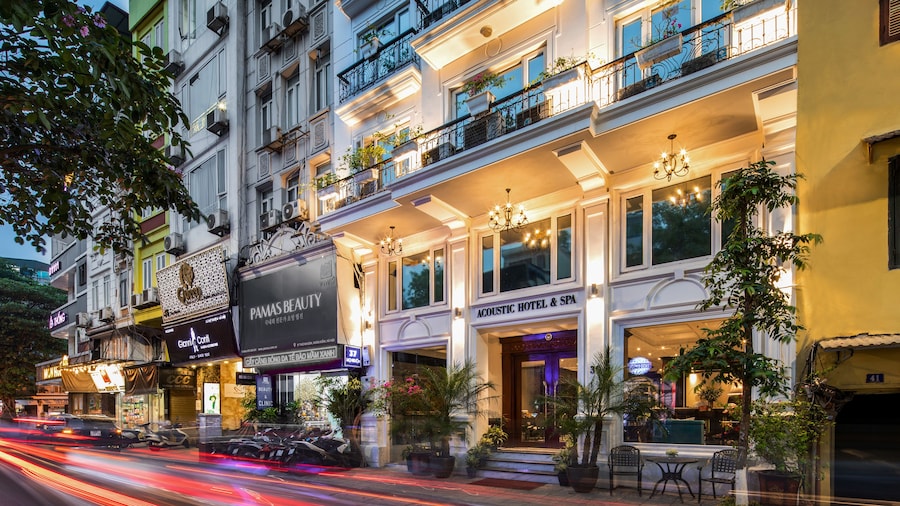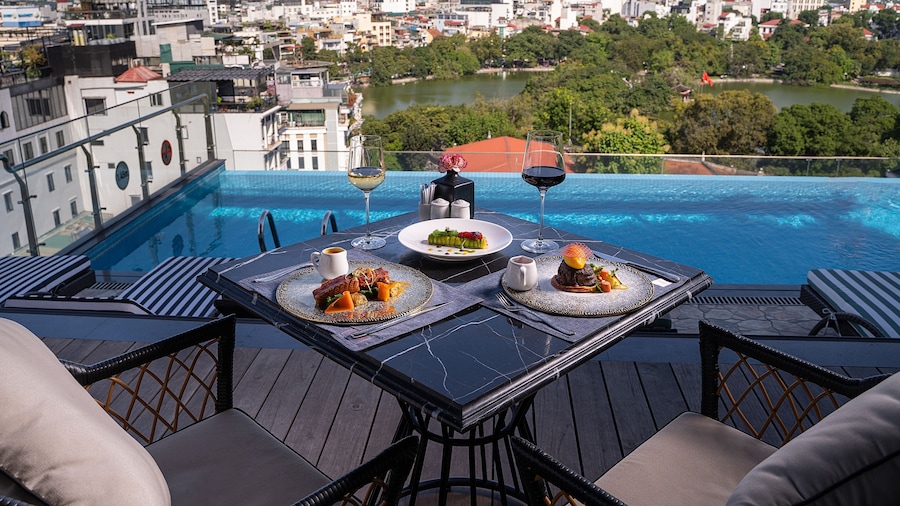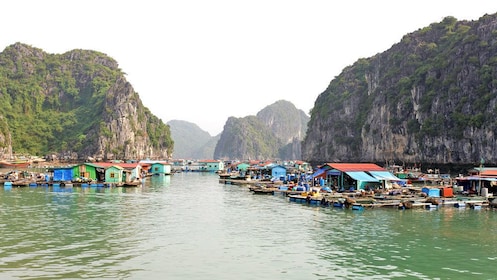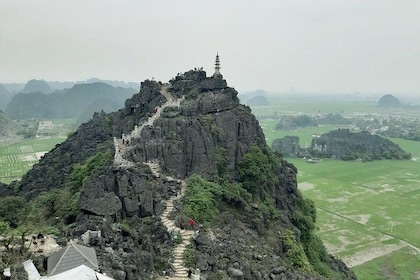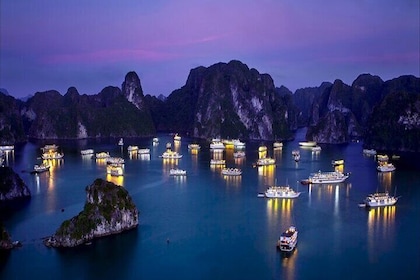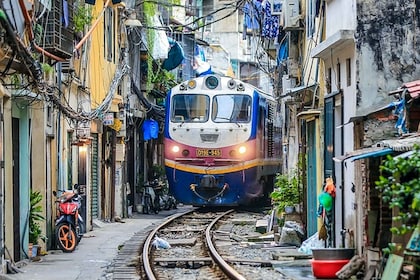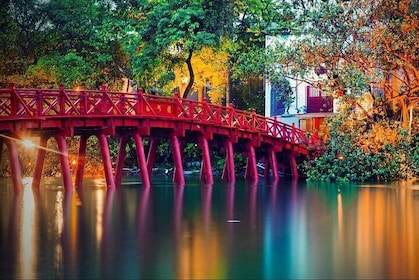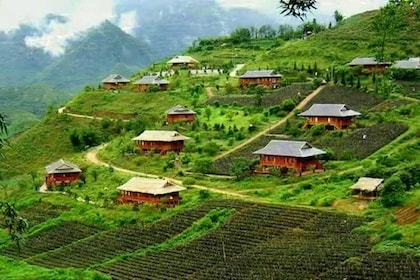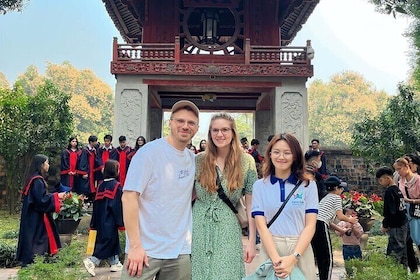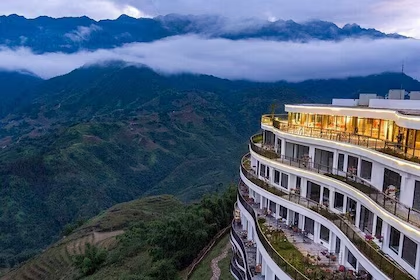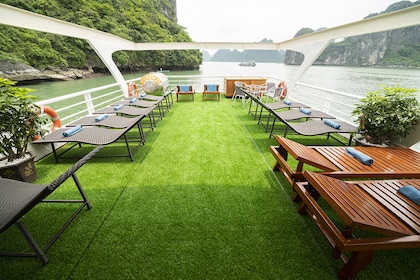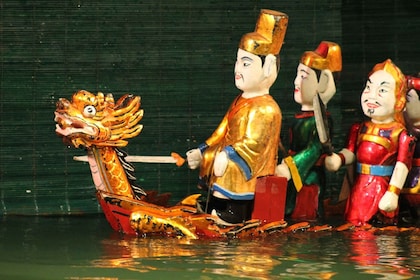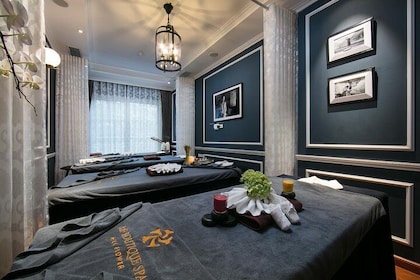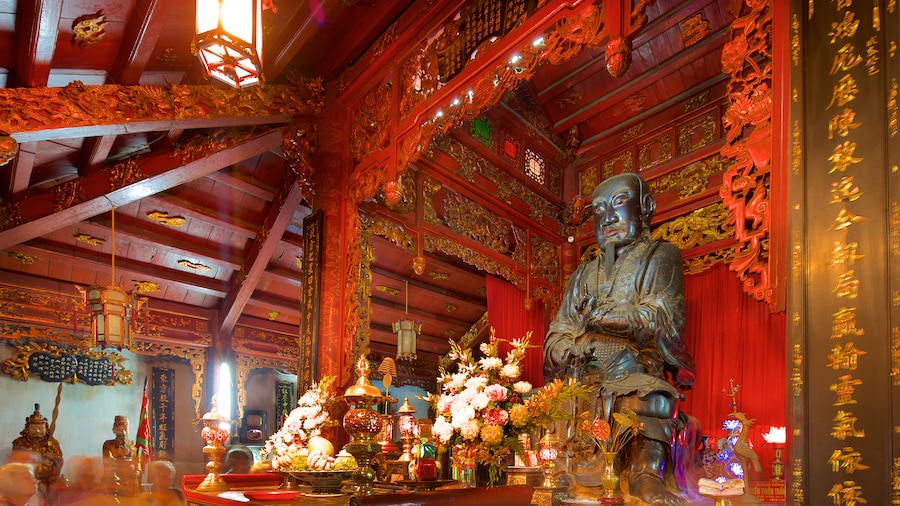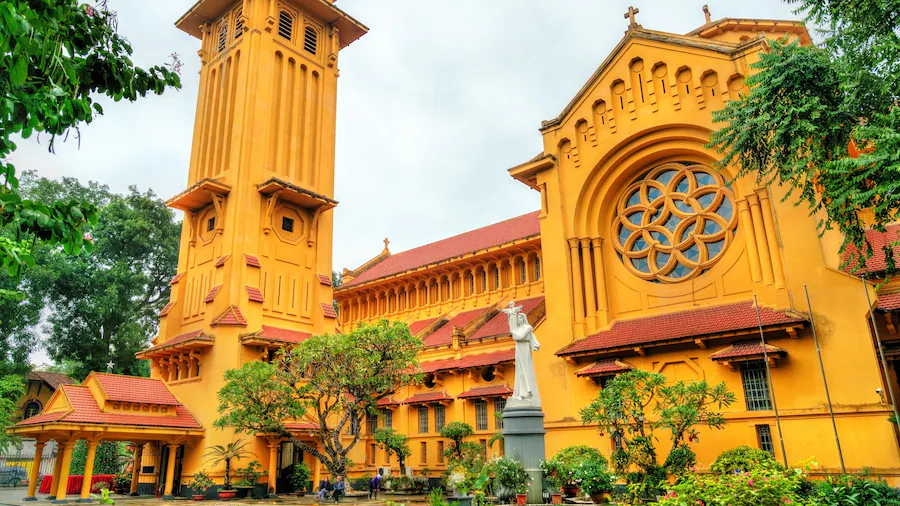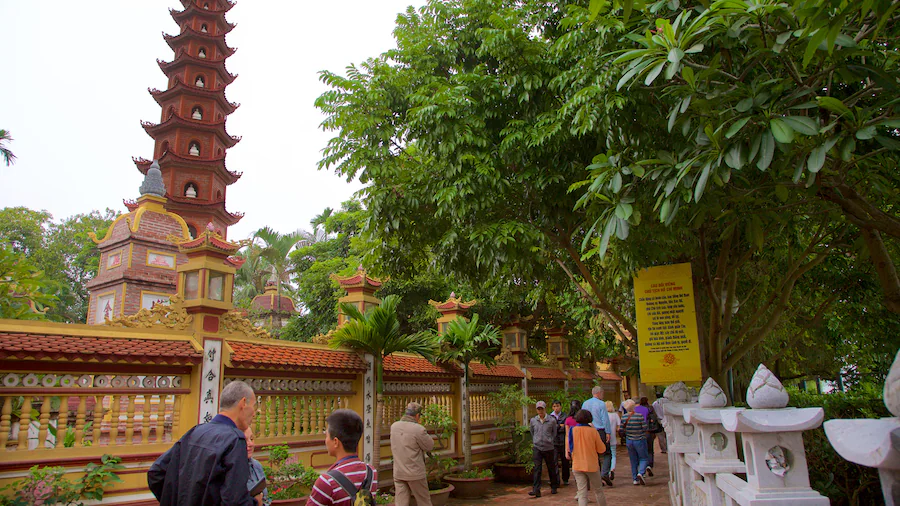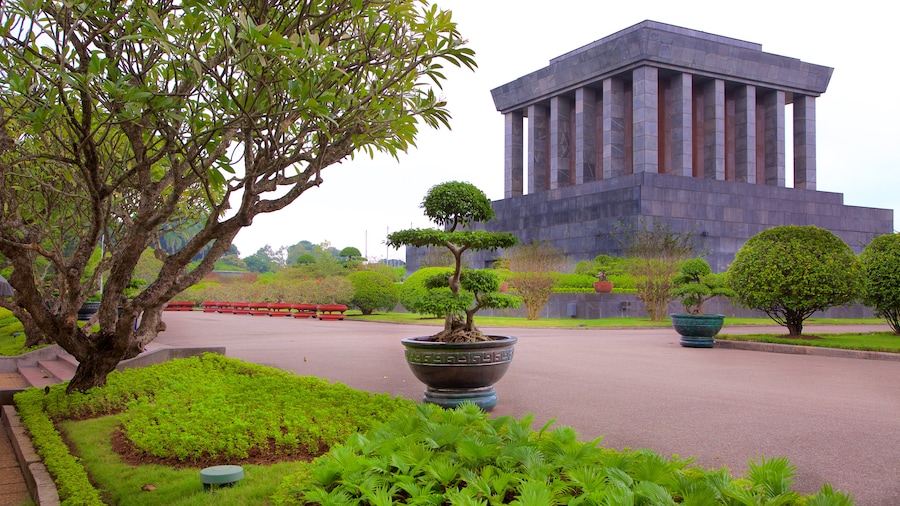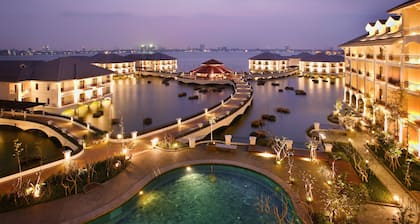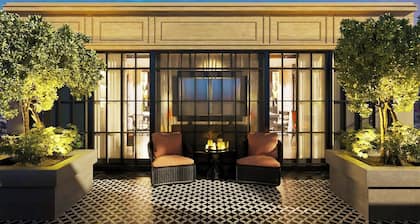At nearly 1,500 years old, Tran Quoc Pagoda is one of the oldest pagodas in Hanoi. Admire Buddhist statues and shrines, a tall stupa, Vietnamese art and historic stelae (honorary inscriptions).
Constructed between 544 and 548 during the Ly dynasty, the pagoda was originally called the “Khai Quoc.” The detailed building is exquisite and constructed according to the rules of Buddhist architecture. This includes three houses named “Tiền Đường” and a structure for incense burning. Walk through the connected rooms, which are in the shape of a Công script. View the 1639 inscription noting the pagoda’s history and the gold sculpture of the Sakyamouni Buddha's Parinirvana.
Walk through the gardens to the bodhi tree and see its heart-shaped leaves. In 1959, Indian Prime Minister Rajendra Prasad, gave the tree as a gift to the pagoda. It is believed to be a graft from the holy tree under which Gautama Siddhartha achieved enlightenment. Visitors and pilgrims from all over the world come here to honour the site.
The tall stupa, which can be seen from afar, was built in 1998 and is aligned with the bodhi tree. At just over 49 feet (15 metres) tall, the stupa has 11 floors. On each floor, six doors are guarded by a statue of Amitabha. Look for the large sculpted lotus flower at the top. The lotus symbolises Buddha himself and the tree represents ultimate knowledge.
While the museum inside is small in size, it is well worth exploring. View engraved statues and fascinating antiques ranging from hundreds to thousands of years old. Visit at sunset when the pink and orange colours reflect on the horizon behind the pagoda and the stupa.
Tran Quoc Pagoda is located on an island in the West Lake, accessible by a causeway. It is open daily and has no entrance fee. Day tours can be organised through operators in Hanoi. Wear respectful clothing to visit this spiritual location.





